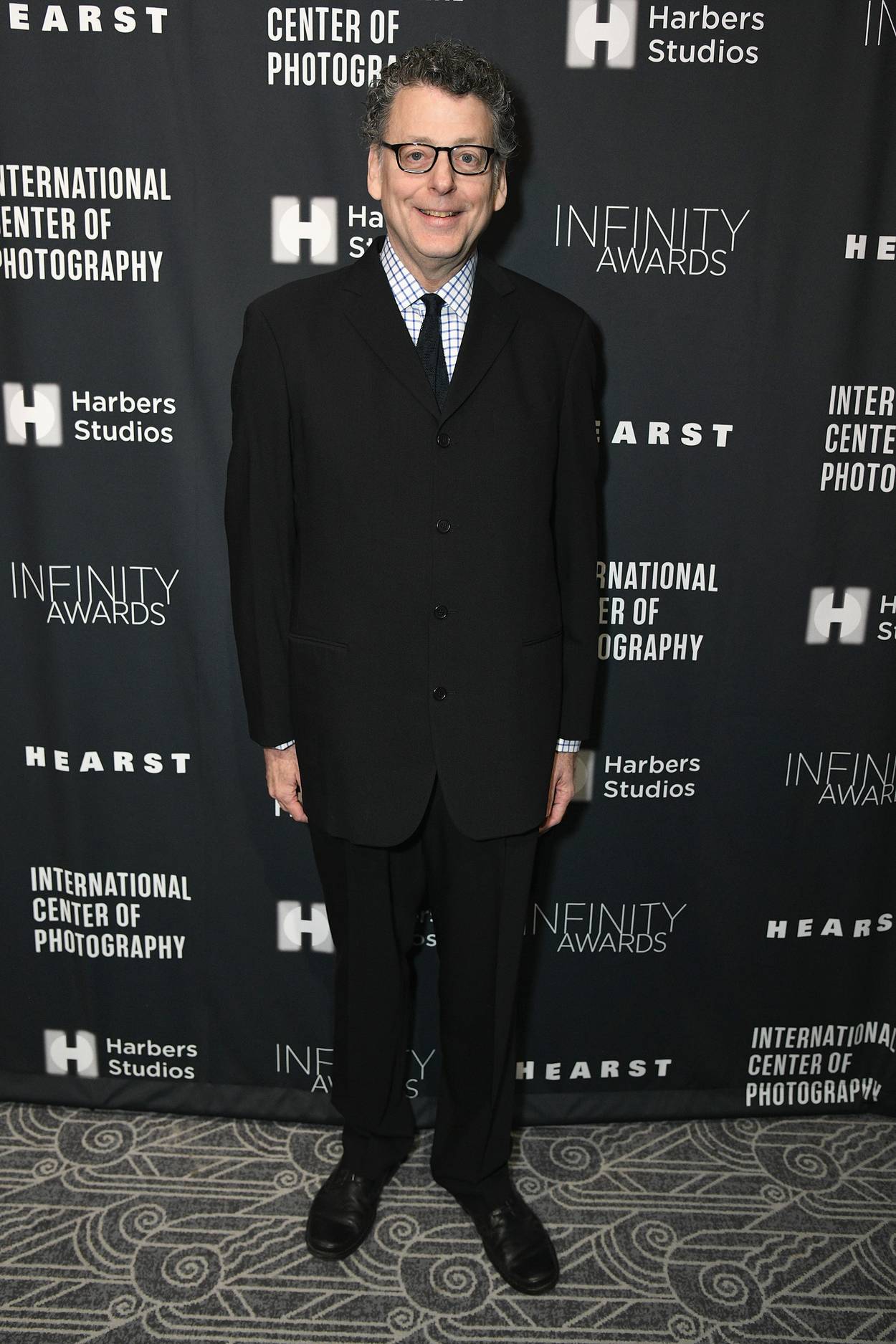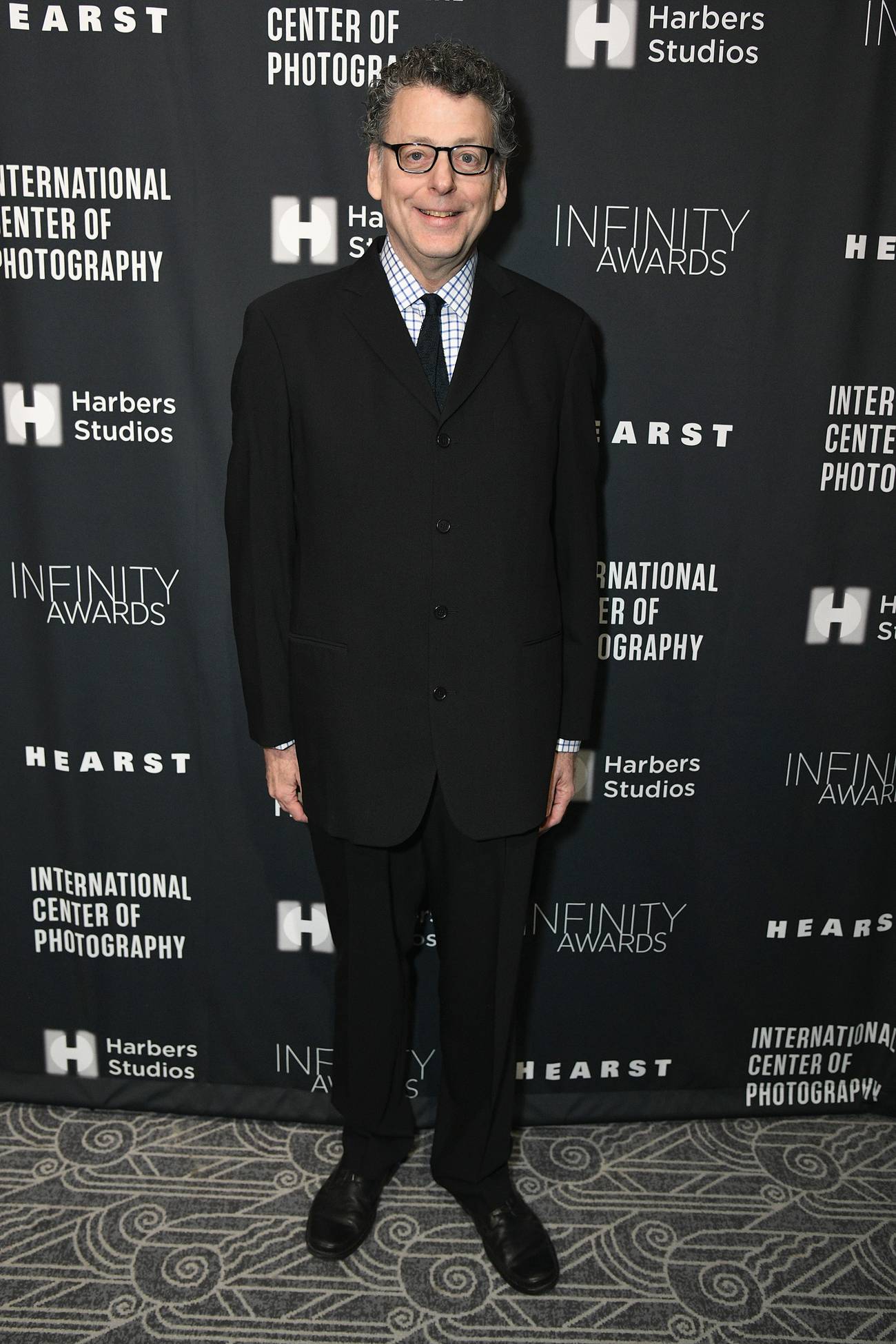Our Teacher, Maurice Berger
Only an environment like New York City could have produced someone like the writer, cultural historian, curator, and educator who died of COVID-19 in March




Last week, I put on a surgical face mask meant for a single use but which I have now reused dozens of times. I slipped on a pair of nylon gloves, which I took care to wash with antibacterial soap and boiling water when I got home, and I left my apartment for a tense, 11-block walk to my local bookstore, Book Culture on the Upper West Side. (Each of these gestures is fraught—I’m not hoarding masks, but should I even be wearing one when frontline workers desperately need them? Will my ad hoc sterilization of the gloves suffice? Should I be leaving my home at all?) Book Culture is closed, as are all nonessential businesses in New York City, in case you live in a cave without internet access and have somehow not heard this news. But if you call ahead, pay by phone, and tell the owner what time you are coming, curbside delivery is still available.
The book I was seeking was White Lies: Race and the Myths of Whiteness, by my late friend, colleague, and neighbor on the Upper West Side, the writer, cultural historian, curator, and educator Maurice Berger. The suddenness of Maurice’s death on March 22, at age 63—he had exhibited severe symptoms of COVID-19 for days but was never tested for it, and the official cause of death was recorded as cardiac arrest—took my breath away, an all-too-apt turn of phrase for a disease that leaves its victims struggling for air.
He’d posted to social media less than a week earlier—a picture of his husband, the noted curator Marvin Heiferman, photographing something near their second home in upstate New York, and a story about an encounter he’d overheard at a grocery store there, between a nervous customer stocking up on supplies, and a middle-aged cashier who attempts to reassure the customer by asserting her belief that the president has things under control. Maurice was sounding a warning, that even when faced with mass foreclosure and death, Donald Trump’s followers would not abandon him. Now the ringer of that warning bell was gone.
Maurice was an influential figure in the world of contemporary art, which is also my world in part, and the news of his death spread quickly through both official and unofficial channels. He was a research professor and the chief curator at the Center for Art, Design, and Visual Culture at the University of Maryland, and deeply supportive of his students. Yet he had a healthy disregard for academic honors and some disdain, which he didn’t care to hide, for the intellectual opportunism, particularly with regard to matters of race, that he frequently identified in both the academic and art worlds.
There was a long obituary for him in The New York Times, where until last year he’d written an award-winning, monthly column for the paper’s “Lens” blog, on race, photography, and visual culture; there were tributes on the homepage of New York’s Jewish Museum, where he was a frequent collaborator, contributing to catalogs and curating the groundbreaking 2015 exhibition, Revolution of the Eye: Modern Art and the Birth of American Television; and there were homages in several art publications, including Art in America, where his 1990 essay, bluntly titled “Are Art Museums Racist?” called out the art world on issues that, 30 years later, are still at the forefront of debate. Maurice was a passionate, prescient scholar and writer, deeply committed to scholarship’s ethical vocation. His work within institutions was informed by the sensitivity of a perpetual outsider, always on the lookout for people and art on the margins of mainstream culture.
He was a member of that rare and perpetually endangered breed, the public intellectual. He aimed his written work, without condescension, toward the broadest possible audience, and though I can’t recall exactly how we first met, maybe that’s why we came to know each other. I don’t think Maurice would have found it strange that, having earned a doctorate at Yale, I proceeded to write for the likes of the Village Voice (back in the day), and later, The New York Times and Vogue; and if he found such writing trivial, he certainly didn’t let on about that. We circled each other, a bit warily, on social media; we didn’t always agree, and Maurice was not shy about making his opinions known. (Running into him and Marvin on Upper Broadway near our respective apartments, however, was always a delight; one time we’d exchanged messages on Facebook that very morning. Accomplished home cooks, we’d chat about the dinners we intended to make for each other, and in a way that’s all too common among busy New Yorkers, never managed to pull off.) But we developed a surprisingly deep bond through our shared devotion to the written word, and more specifically, to the idea that a sustained examination of personal experience could be used to illuminate both art and society.
That’s the guiding principle behind White Lies, his book, published in 1999, in which memories of the author’s childhood and youth, growing up in an unconventionally Orthodox Jewish family living in a Lower East Side housing project inhabited primarily by African Americans and Latinos, alternate with insights drawn from his wide-ranging reading of critical sources, and interviews with people he knew, to create a portrait of systemic racism, both fragmentary and damning. His dark-skinned, Sephardic mother, an opera singer and actress whose career fizzled in the early 1950s, craved a purer whiteness, while his unstable father, an intermittently employed accountant, was a fervent admirer of Martin Luther King Jr.
“All through my childhood and into my teens, I remained caught in racial limbo,” he wrote, “trapped between my identification with blackness and the awareness that I would never be anything but white. … On Saturday mornings, I would awaken to the sounds of two different worlds: the muffled baritone of my father chanting Hebrew prayers coming through my bedroom door, and the Motown records—Aretha Franklin, Marvin Gaye, the Supremes, the Jackson Five—blaring through my windows.”
With the exception of two years, during his elementary school education, when he attended Jewish day school, he was a pure product of New York City public education. He attended Hunter College as an undergraduate and earned his doctorate in art history at the City University of New York.
Only an environment like New York City could have produced someone like Maurice, I’ve been thinking in the days and weeks since his death; only a densely packed urban center, where families of all types and people of all races, creeds, national origins, and sexual orientations, live one on top of the other. What’s most beautiful about this global clearing house, this haven for misfits that I call my home, is also what renders it most vulnerable to contagion.
But Maurice would probably be the first to dismiss such gauzy romantic idealizations. He’d point to the city’s massive segregation in education and housing. He’d be appalled by the numbers, reported in the Times this week, that reveal New York’s black and Latino residents dying of the coronavirus at twice the rate of whites.
So I’ll limit myself to the task, difficult enough, of figuring out what this friend who is now gone meant to me. He was an avid reader and (mostly) a big supporter of my work. Was it Maurice who’d recommended me, when along with him I was asked to contribute an essay to the catalog for an upcoming exhibition at New York’s Jewish Museum? Modern Look: Photography and the American Magazine, will focus on the role of immigrants in spreading radical ideas about art, design, and women’s lives, through American magazines at midcentury—the exhibition’s opening date is still to be determined, but the catalog is being published by Yale University Press on May 26. (The catalog’s two other contributors are the exhibition’s curator, Mason Klein, and Marvin Heiferman.)
So we were drawing a bit closer, and maybe that long-put-off dinner would finally have happened this spring. I still remember how touched he was when I mentioned to him that something he’d said, in a video that the International Center for Photography had made about him in 2018, when he was awarded an Infinity Award for his critical writing on photography, had resonated so deeply with me that it had made me understand something about my own life. He told me that as a writer, there was no greater compliment he could imagine.
That’s also why, in this time of immense, collective grief, with the seemingly ceaseless sirens tearing through our streets, and the shattering numbers of dead announced each day; when mourning itself, and the precious Jewish rituals surrounding it, rituals that honor the dead while bringing comfort to survivors, are themselves endangered; we must restore to each of the victims of this pandemic their particularity. That’s why I’m still thinking about this complex person, my late friend Maurice Berger. I’m still trying to learn from him.
Leslie Camhi’s first-person essays and writings on art, photography, film, design, fashion, and women’s lives, have appeared in The New York Times, Vogue Magazine, and many other publications. Her translation from the French of Violaine Huisman’s award-winning debut novel, The Book of Mother, was published this month by Scribner. She’s on Twitter @CamhiLeslie and on Instagram @drlesliecamhi.